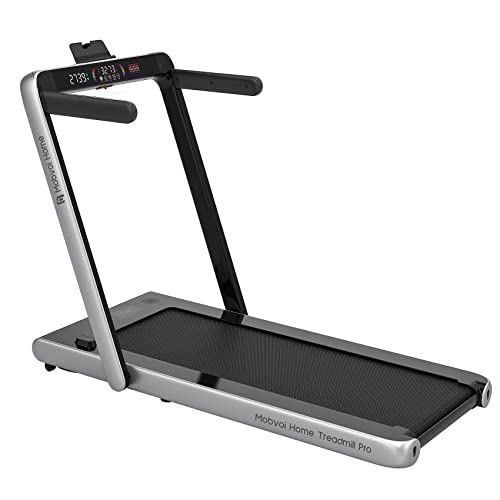Treadmill Non Electric: The Good, The Bad, And The Ugly
Treadmill Non-Electric: The Eco-Friendly Fitness Solution
In an era dominated by electric makers and modern devices, the simple non-electric treadmill sticks out as a beacon of simplicity and effectiveness. Typically eclipsed by their state-of-the-art counterparts, non-electric treadmills offer various advantages that accommodate a sustainable lifestyle and a solid workout. This article will explore the advantages, performance, and variety of non-electric treadmills, making a strong case for their role in modern-day fitness routines.
What is a Non-Electric Treadmill?
A non-electric treadmill, also understood as a manual treadmill, runs without electric power. Rather, it relies on the user's energy to move the belt. This type of treadmill usually has a curved or flat running surface and a belt that moves as the user strolls or runs, thereby offering a full-body cardiovascular workout.
Secret Features of Non-Electric Treadmills
Feature
Description
Power Source
Manual operation (user-powered)
Design
Curved or flat treadmill surface area
Mobility
Usually lightweight and simple to move
Durability
Less mechanical elements; frequently made of high-quality materials
Cost
Generally more budget friendly than electric treadmills
Footprint
Normally smaller sized, making them suitable for limited areas
Noise Level
Quieter operation compared to electric versions
The Advantages of Non-Electric Treadmills
1. Eco-Friendly
Non-electric treadmills are a sustainable option for fitness enthusiasts. Without any electricity usage, they minimize carbon footprints and overall energy consumption.
2. Affordable
With less mechanical components and no wiring systems, non-electric treadmills are typically more economical. This makes them accessible and appealing to people aiming to preserve a healthy way of life without breaking the bank.
3. Increased Workout Intensity
Since the user powers the belt, they have full control over their workout's intensity. you could look here push, the more calories you burn. This self-powered feature encourages a more engaged workout, pressing limitations for a much better physical fitness outcome.
4. Compact and Portable Design
Most non-electric treadmills have a light-weight building and smaller footprint, making them simple to store and transport. This function permits users to integrate cardio workouts into numerous settings, whether at home, in the workplace, or at a gym.
5. Lower Maintenance
Non-electric treadmills have fewer moving parts than electric variations, which equates to decrease upkeep expenses and fewer mechanical failures in time.
Types of Non-Electric Treadmills
Non-electric treadmills can be found in various designs to accommodate diverse fitness needs. Here's a brief summary:
Type
Description
Curved Manual Treadmill
Functions a curved running surface for a natural gait. Exceptional for running and interval workouts.
Flat Manual Treadmill
A straightforward design similar to conventional treadmills but powered by the user's motion.
Foldable Manual Treadmill
Compact design that can be quickly folded and saved away when not in use. Ideal for little home.
All-Terrain Manual Treadmill
Designed for outdoor use, these treadmills frequently feature a rugged build and traction control.
Frequently Asked Questions (FAQ)
1. Are non-electric treadmills ideal for novices?
Yes, non-electric treadmills can be appropriate for beginners. Users can adjust the strength and speed of their exercises based on their physical fitness level.
2. Can I use a non-electric treadmill for running?
Definitely! Lots of non-electric treadmills, especially curved models, are created for running. Their self-powered nature permits users to engage in jogging or sprinting.
3. What types of exercises can I perform on a non-electric treadmill?
Users can participate in different workouts, consisting of walking, jogging, running, interval training, and even hill workouts by changing their position.
4. How do I maintain a non-electric treadmill?
Fundamental maintenance consists of routinely checking the belt for wear, guaranteeing it is centered, and cleaning the surface area to prevent debris from impacting movement.
5. Are non-electric treadmills noisy?
Non-electric treadmills tend to be quieter than electric ones, as they do not have motors that can create sound. Users may still generate noise based upon their speed and weight.
Tips for Maximizing Your Non-Electric Treadmill Workouts
To get the most out of your non-electric treadmill sessions, consider the following suggestions:
Warm-Up Properly: Always begin with a warm-up session to prepare your body for the workout.
Incorporate Interval Training: Alternate between high-intensity sprints and moderate walking to boost calorie burn and enhance endurance.
Concentrate on Form: Maintain appropriate posture and form while going to lower the risk of injury.
Hydration is Key: Keep water close-by to remain hydrated during your workouts.
Track Your Progress: Use a physical fitness tracker or smart device to monitor your exercise efficiency and development with time.
The non-electric treadmill stands out as a long-lasting, environmentally friendly piece of workout devices that successfully deals with both beginners and skilled fitness lovers. With its wide range of advantages, consisting of cost-effectiveness, ease of use, and mobility, it supplies a sustainable option in the evolving fitness landscape. For those aiming to simplify their workouts while embracing an active lifestyle, non-electric treadmills might be the best service. It's time to redefine your workout experience away from the distractions of technology and towards the fundamentals that keep you fit and healthy!
